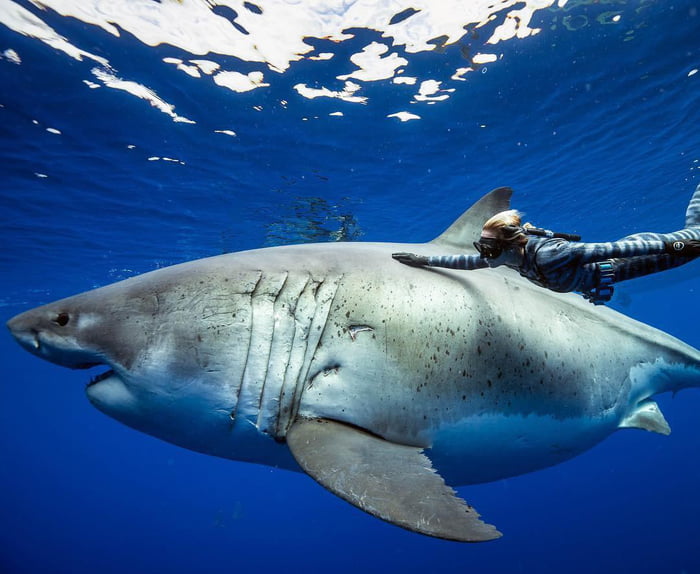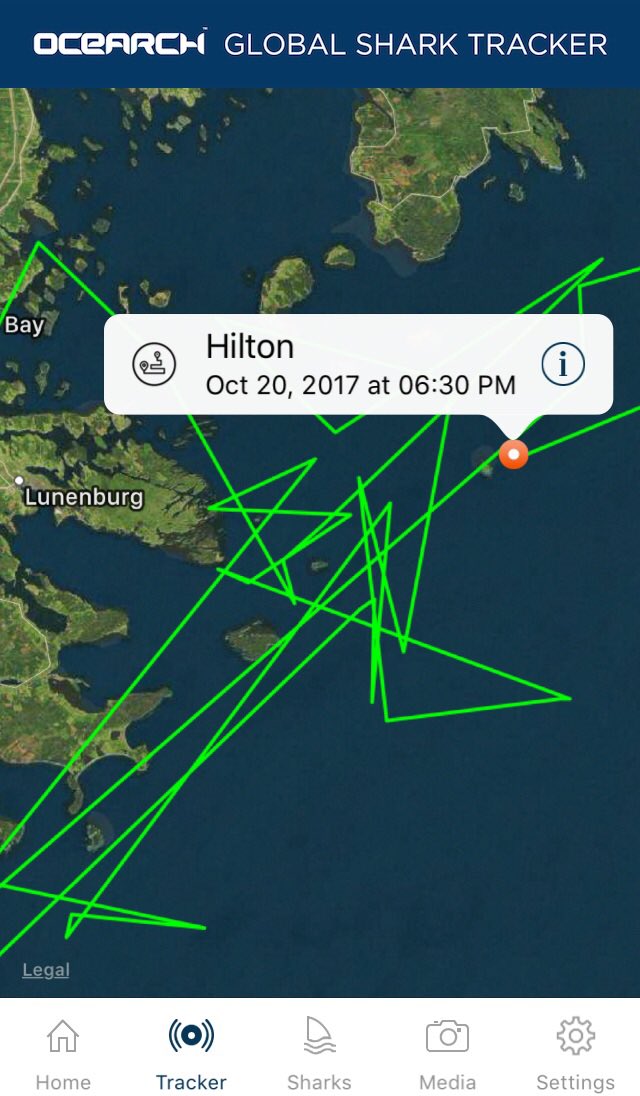

What’s cool about the shark tracker tool is that there’s an array of filters: location, recent activity, and even gender. Some of them actually have their own Twitter profiles! As you follow their adventures in the deep blue sea, it’s pretty easy to become attached to these majestic creatures.įrom the tracker, you will get a defined map showing you how your desired sharks are roaming about their environments. You can check out the Ocearch Shark tracker 24 hours a day and see where all of these tagged sharks are located. Ocearch names and tags sharks, and once they release them back into the ocean, the trackers will ping off a satellite when they surface during their travels, which sends their GPS coordinates for collection.Įach shark that is tagged has a name and a photo on the site. It may overlap migration routes, as well as feeding and breeding grounds. Tracking also allows researchers to build a clear picture of the entire marine ecosystem and additionally aids them in understanding any potential threats there are to the various species, like human activities such as fishing. Sharks are important but remain a huge mystery. The information has been especially helpful in understanding the habitats of the sharks - where they give birth and where and when they feed, which all help in aiding vital conservation efforts. It has resulted in an abundance of data that provides insight into their behaviors and focuses on conservation efforts. Over the past decade, the group has tagged over 300 sharks that are classified under nine different shark species.īy the use of tagging technologies, scientists have been able to follow the paths of all these marauders. , which is a non-profit organization, has been tracking over 80 great white sharks and other marine predators like seals and tuna since 2007. Well you’re in luck, because you can actually track the same sharks that researchers are observing live right from the comfort of your own home on your computer.
#DEEP BLUE SHARK ZIZE TV#
We can only hope this represents growing public support for these amazing animals, and scientists like Padilla who work so hard to protect them.Are you one of the many that are glued to their TV during Discovery’s Shark Week? Are you dying to travel bodies of water alongside those sharks, but your hectic schedule and great fear of death is constantly getting in the way?

The video, which was shot in late 2013, has been viewed over 300,000 times in just a few days, and it seems that people are just as amazed by it as they were with the first one. Padilla and his team hope to better understand the migration patterns and nursing grounds of these huge animals so enforcement can be placed in the most crucial zones. Great whites are protected in the area, but that doesn't mean these sharks are out of hot water. Not to mention pregnant females are often accidentally targeted by sport fisherman, as they're often the biggest fish around. "Baby sharks are particularly vulnerable to getting stuck in shallow water lines or nets," he says.
#DEEP BLUE SHARK ZIZE FULL#
Padilla explains that the inshore waters that are full of food and free of predators (perfect for tiny shark pups) are also dangerous in terms of fishing pressures.


We've seen several pregnant females like, but now there is a new challenge: protecting the pups." "A shark of this size is likely 50 years old, and that tells us that conservation efforts are really working. "When I first saw Deep Blue, I thought one thing: hope," he says. Perhaps nobody is more excited by "Part 2" than local researcher Mauricio Hoyos Padilla, who posted the clip on his Facebook page.


 0 kommentar(er)
0 kommentar(er)
